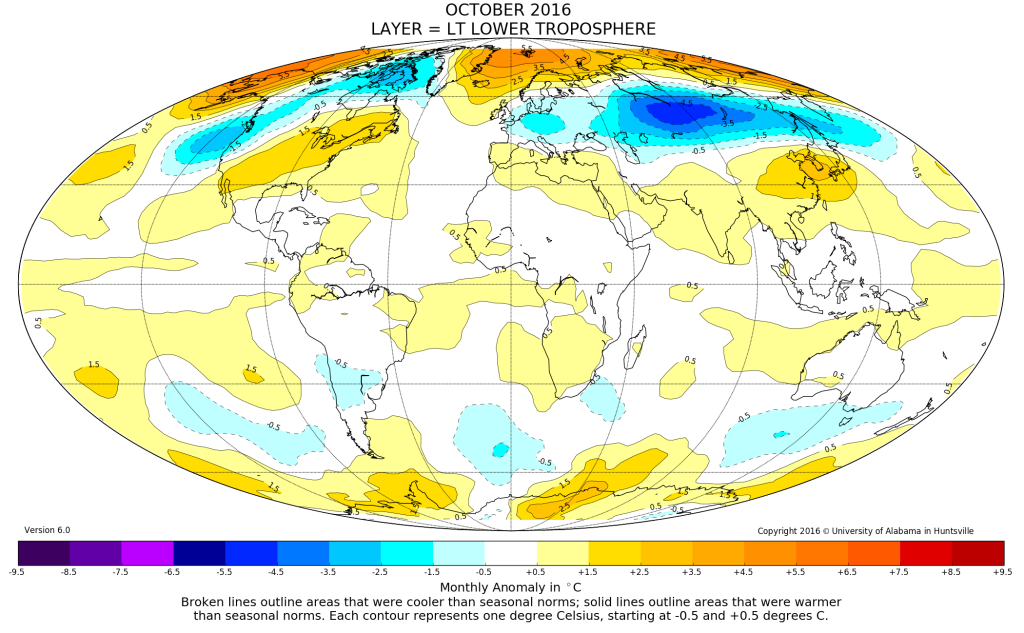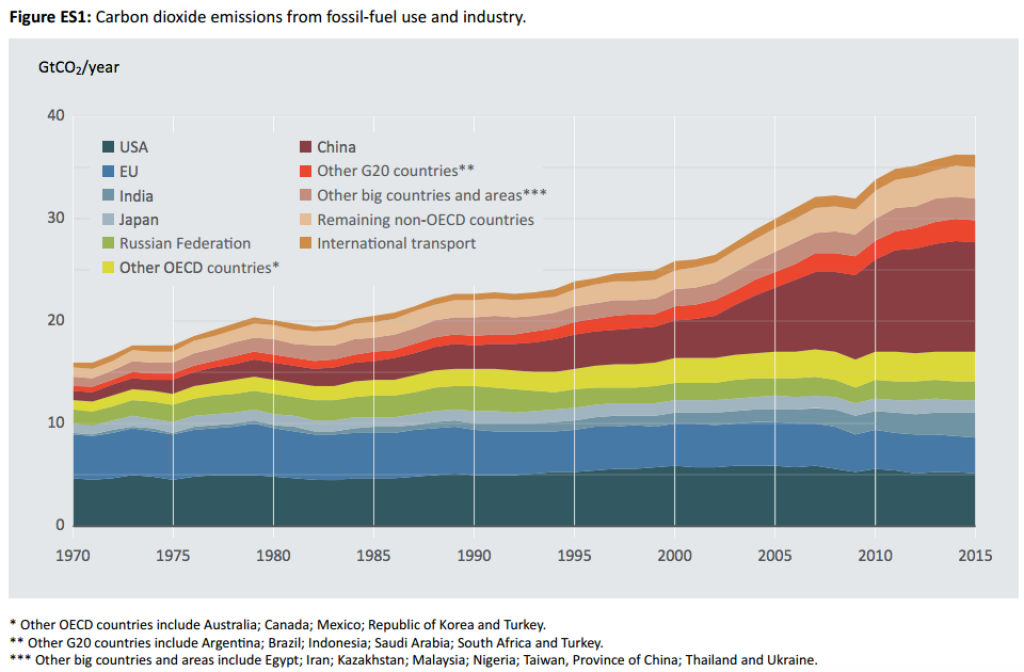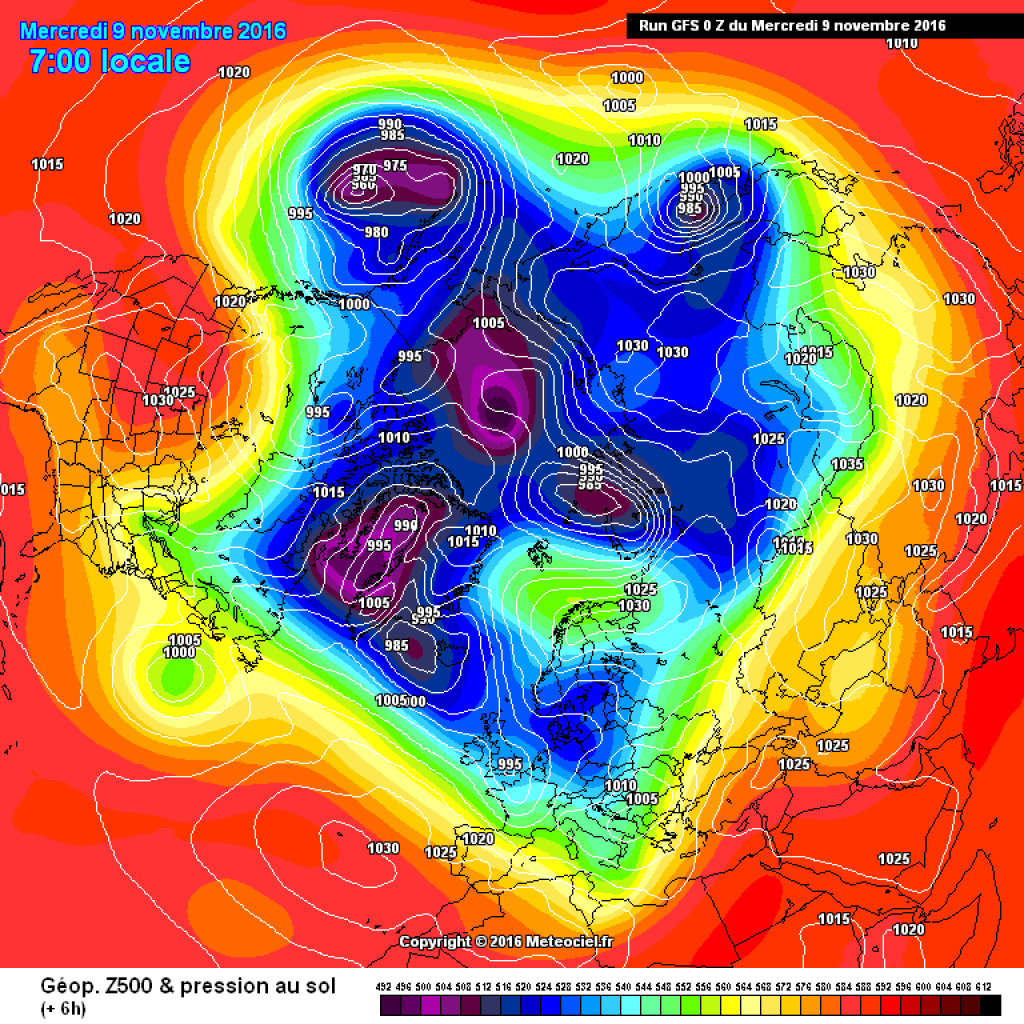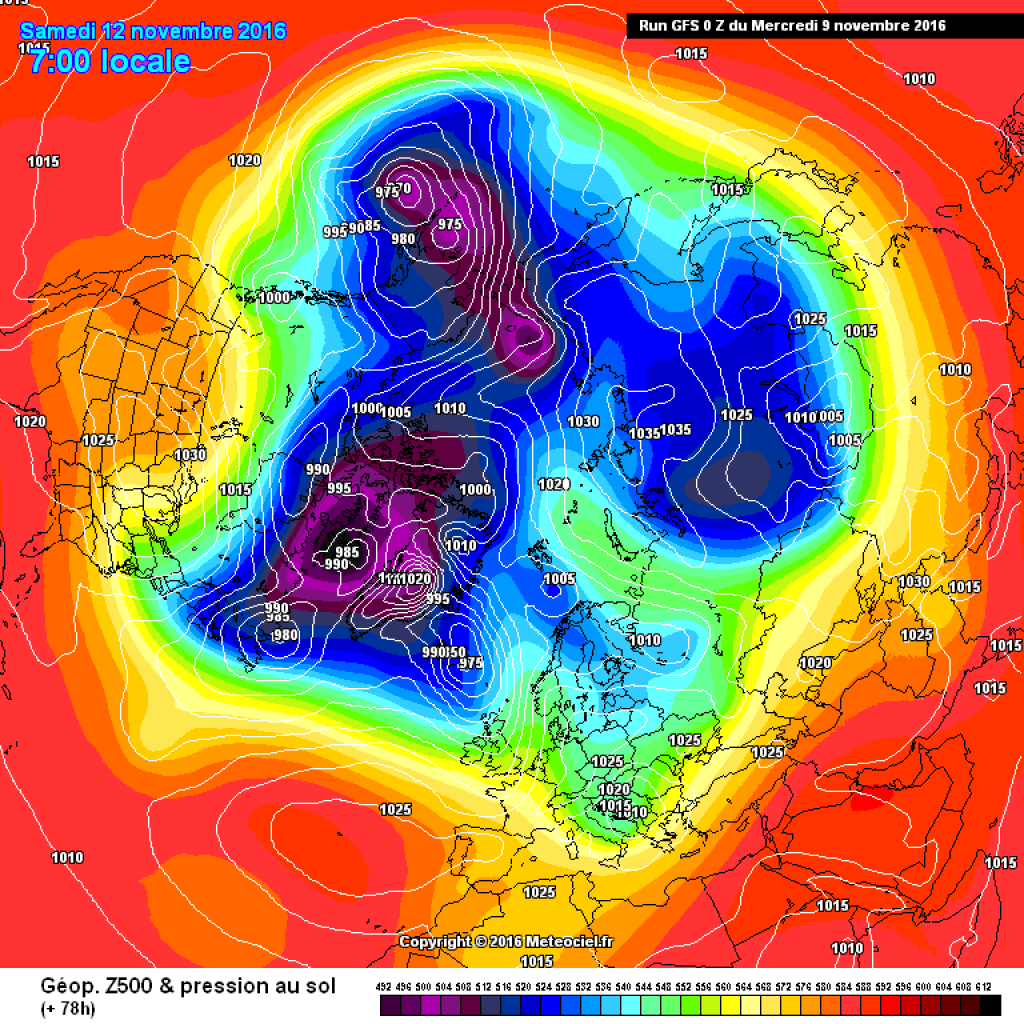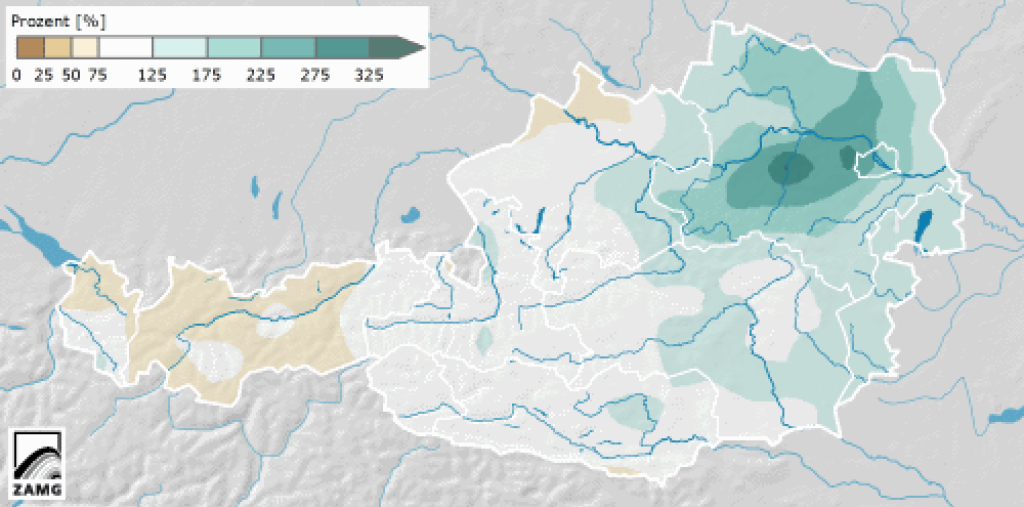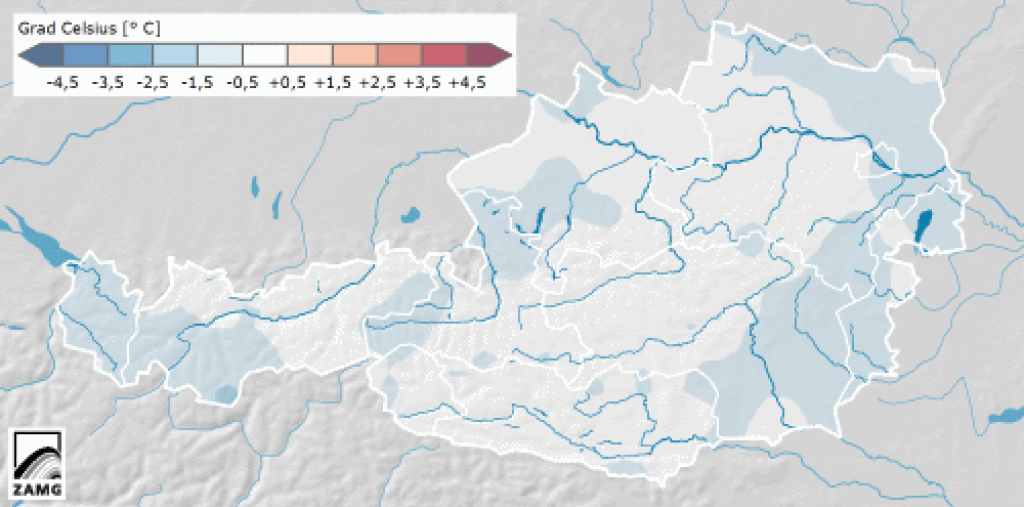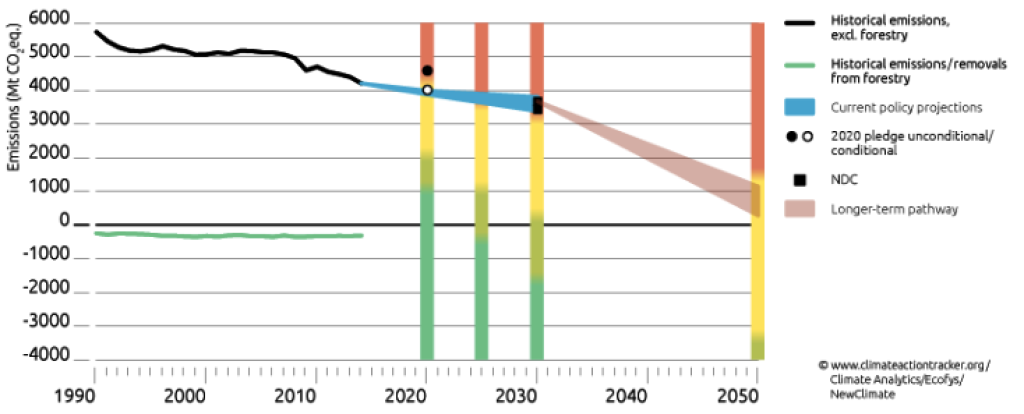Cool October, or not?
Last October was mostly cooler in the Alpine region than the long-term average (1981-2010). That almost feels like a headline these days, although it shouldn't be unusual when you think about the mathematical nature of an average. So far this year, only May has been cooler than average. In Austria, the October deviation downwards was 0.4°C. The last time it was even further below average was August 2014, which was quite a while ago. With a sunshine deficit of 25% and relatively high precipitation, especially in the east, October was not only cool but also rather cloudy. Of course, things can look very different elsewhere. The USA, for example, recorded the third warmest October since measurements began and in the Arctic it was much warmer than you would expect there at this time of year, as mentioned in the last WeatherBlog.


